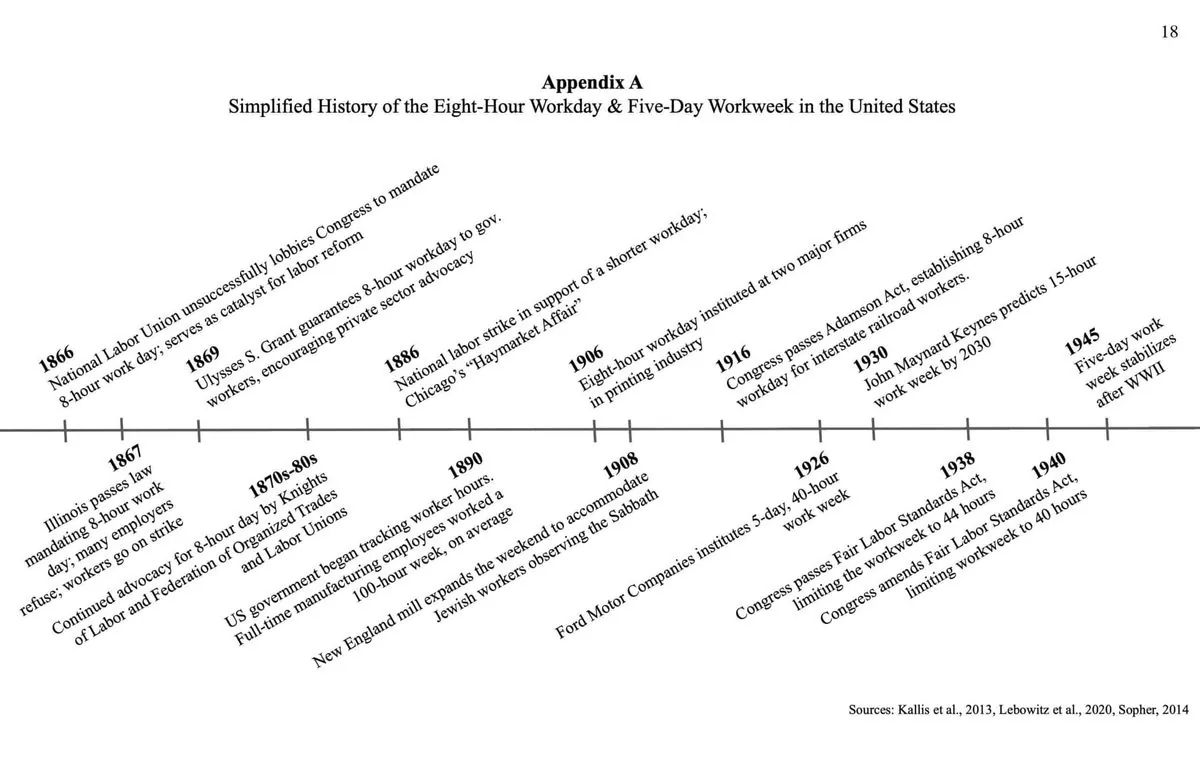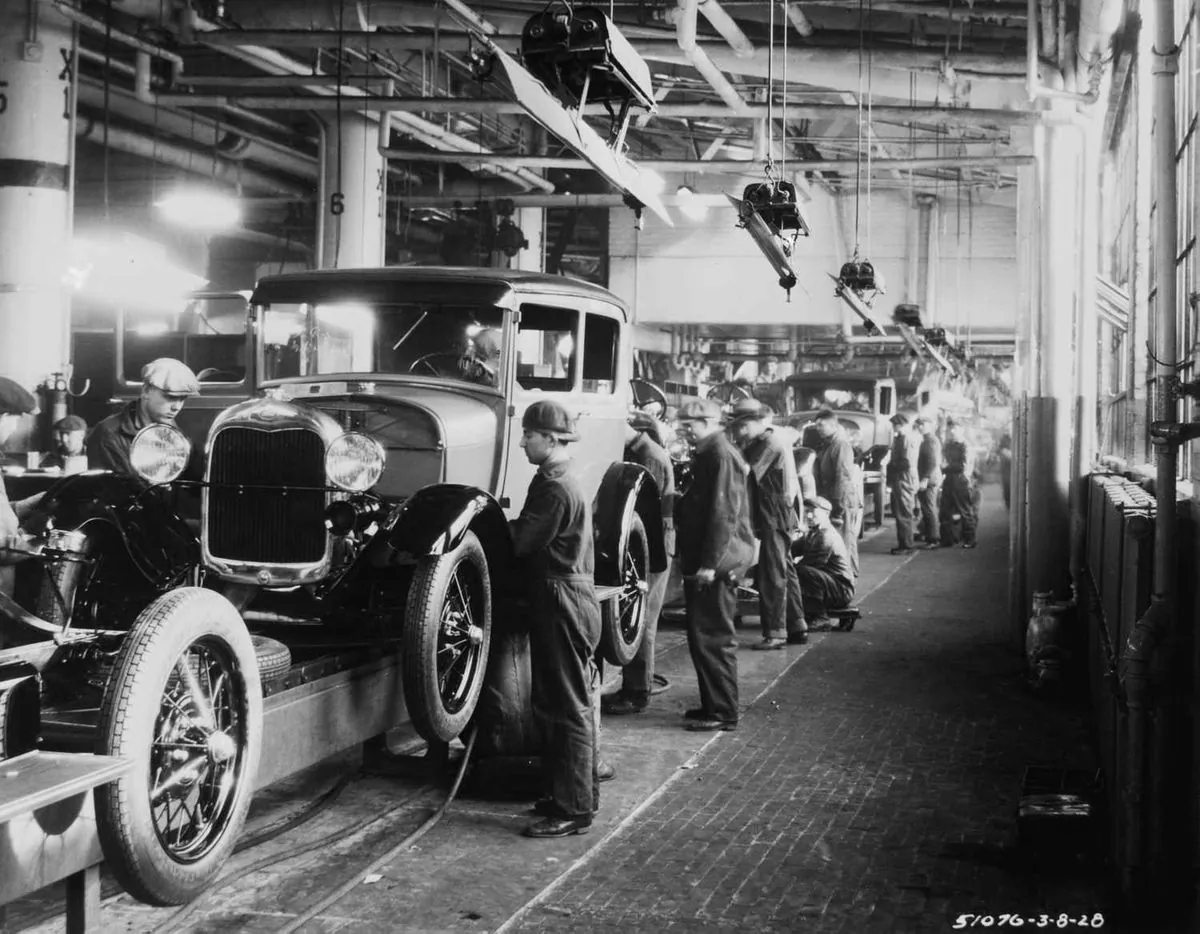The Evolution of the American Workweek: From 70 Hours to 40 and Beyond
The American workweek has undergone significant changes since colonial times. From 70-hour weeks in the 1830s to the current 40-hour standard, labor reforms have shaped work culture. Recent pandemic-induced shifts reignite debates on shorter workweeks.

The American workweek has undergone a remarkable transformation since the colonial era, reflecting broader societal changes and ongoing debates about work-life balance. From sunrise-to-sunset labor in early settlements to the current standard 40-hour week, the journey has been marked by significant milestones and persistent challenges.
In the 1830s, manufacturing employees typically worked approximately 70 hours per week, often in hazardous conditions. By the 1890s, this had decreased to about 60 hours, coinciding with the rise of labor unions and the establishment of Labor Day as a national holiday. The concept of an eight-hour workday gained traction during this period, with the slogan "Eight hours for work, eight hours for rest, eight hours for what you will" becoming popular.
A pivotal moment in labor history occurred in 1926 when Henry Ford extended a five-day, 40-hour workweek to all employees, along with a pay increase. Ford argued that shorter hours led to increased productivity, a concept that remains debated today.

The Great Depression brought renewed focus on work hours as a means to combat unemployment. In 1933, the Senate passed a bill to reduce the standard workweek to 30 hours, with President Franklin D. Roosevelt's initial support. However, as plans for a comprehensive recovery program took shape, including massive public works projects, support for the 30-hour week waned.
Instead, the National Industrial Recovery Act of 1933 banned child labor, set a minimum wage, and limited the standard workweek to 40 hours. Although the Supreme Court later declared this act unconstitutional, these provisions were reintroduced in the Fair Labor Standards Act of 1938, establishing the 40-hour workweek that remains standard today.
"We can look forward to a 32-hour workweek in the not too distant future."
Despite predictions of further reductions, including Richard M. Nixon's 1956 forecast of a 32-hour workweek, the 40-hour standard has persisted. In fact, a 2014 Gallup poll revealed that half of full-time employed respondents worked 41 hours or more per week, with 18% reporting over 60 hours.
The COVID-19 pandemic has reignited discussions about work patterns. Many office workers transitioned to remote or hybrid models, and some companies experimented with four-day workweeks. In Congress, Rep. Mark Takano has introduced legislation to make a 32-hour workweek standard, reflecting ongoing efforts to reassess labor practices.
As we reflect on the evolution of the American workweek, it's clear that the debate over work hours is far from settled. The push for shorter workweeks continues, driven by concerns about work-life balance, productivity, and employee well-being. Whether these efforts will lead to significant changes remains to be seen, but the history of labor reform suggests that the nature of work will continue to evolve in response to societal needs and economic realities.


































